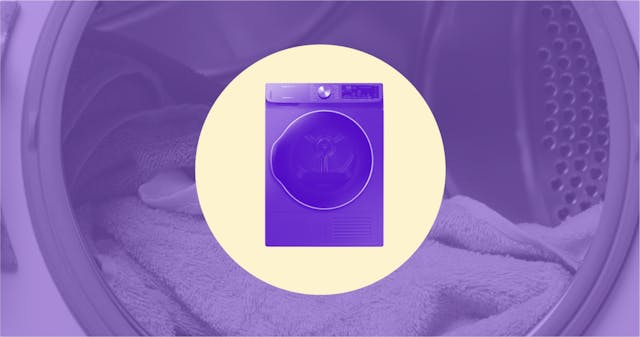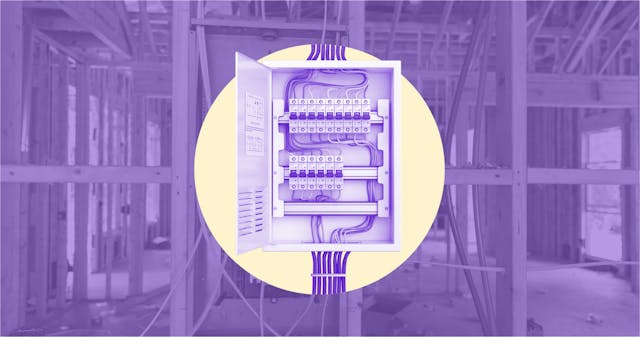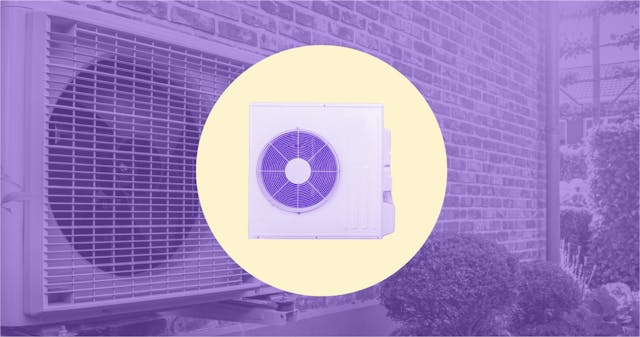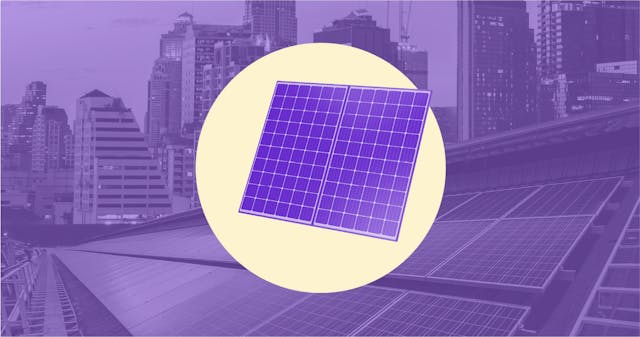
Clothes dryer electric
Want a clothes dryer that is more efficient and gentler on your clothes?
Read more about Clothes dryer electric
Induction and conventional electric stoves are the best way to cook. They don’t burn fossil fuels or release toxic pollutants into your home and the environment.
Why do it?
Induction cooktops are faster, use less energy, and do not emit harmful pollution.
When?
When your current stove is nearing end of life (usually about 13 years).
Who is this for?
Ranges for homeowners, portable ranges for renters.
Read more about electric cooking
Upfront Costs
$1,300+ for induction range, $700+ for electric resistance range
Average Lifespan
13 - 15 years
Health Benefits
Better indoor air quality, eliminate a health risk comparable to second-hand smoke by getting rid of your gas stove
Features
Faster cooking, easy clean up, less wasted heat = cooler kitchen
Difficulty
Easy, most retailers will provide installation options
Efficiency
Induction stoves are more efficient than gas or traditional electric stoves
If it’s time to replace your gas stove, switch to induction. Induction stoves are faster, more efficient, and safer.
Federal
Create a personalized plan to see more incentives
To view a personalized list of federal, state, utility, and local incentives, you need to create an electrification plan
Start an electrification planAlready have an account? Log in
The pros and cons of induction stoves
Induction cooking is the best way to cook meals. It’s healthier for your family and the environment too. If it’s time to replace your gas stove here’s all the information you need to make the upgrade.

How induction stoves work
Why gas stoves are dangerous to our health
Why induction stoves are better than gas
Which one is right for you? Induction vs. electric stoves
How do I find an induction stove that is ENERGY STAR rated?
It’s easy. ENERGY STAR has a list of products that meet their energy efficiency requirements. Visit energystar.gov for more information. You can download the qualified product list here.
How can I tell if my pots and pans will work with an induction stove?
Check if your current pots and pans will work with induction using the “magnet test”. If a magnet sticks to the bottom of your pots and pans, you’re good to go! Most stainless steel, cast iron, and ceramic pans with metal embedded will work with induction. Glass, copper, and aluminum pots and pans will not work unless they have an additional metal plate in the bottom.

Clothes dryer electric
Want a clothes dryer that is more efficient and gentler on your clothes?
Read more about Clothes dryer electric
Cook electric
Want a stove that’s both better and healthier?
Read more about Cook electric
Drive electric
Want a car or truck that’s better, faster, and cleaner?
Read more about Drive electric
Electric lawn care
Electric mowers help tenters do healthier lawn care
Read more about Electric lawn care
Electric panel
Want to wire your home for electrification?
Read more about Electric panel
Energy audits
Get ready to go electric with a whole-home energy audit
Read more about Energy audits
Heat and cool electric
Want an A/C and furnace that’s better and more efficient?
Read more about Heat and cool electric
Solar electric
Want to power your home with limitless solar energy?
Read more about Solar electric
Water heat electric
Want a water heater that is 3x more efficient?
Read more about Water heat electricRewiring America is focused on making American households the center of a clean, resilient energy future. Learn more about our tax-exempt status.
Subscribe to receive Rewiring America's latest updates
Give feedback